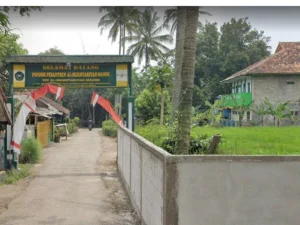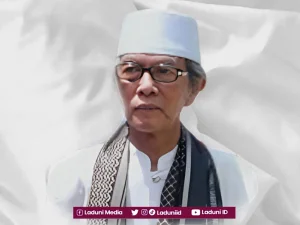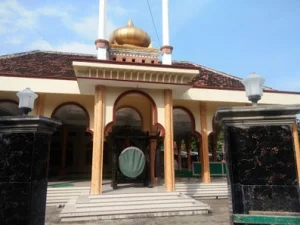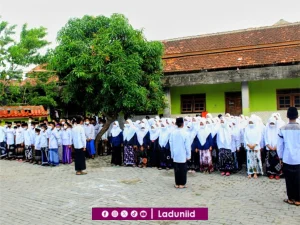Biography of KH. Muhammad Hasyim Asy'ari

Table of Contents Profile KH. Muhammad Hasyim Asy'ari
1. Life and Family History
1.1 Born
1.2 Passed Away
1.3 Family History
2. Sanad Knowledge and Education
2.1 Wandering to Gain Knowledge
2.2 His Masters
3. Established Pesantren Tebuireng
UNTUK DAPAT MEMBACA ARTIKEL INI SILAKAN LOGIN TERLEBIH DULU. KLIK LOGIN
Masuk dengan GoogleDan dapatkan fitur-fitur menarik lainnya.
Support kami dengan berbelanja di sini:
.png)

 Rp249.000
Rp249.000
 Rp250.000
Rp250.000
 Rp59.000
Rp59.000
 Rp269.000
Rp269.000












Memuat Komentar ...